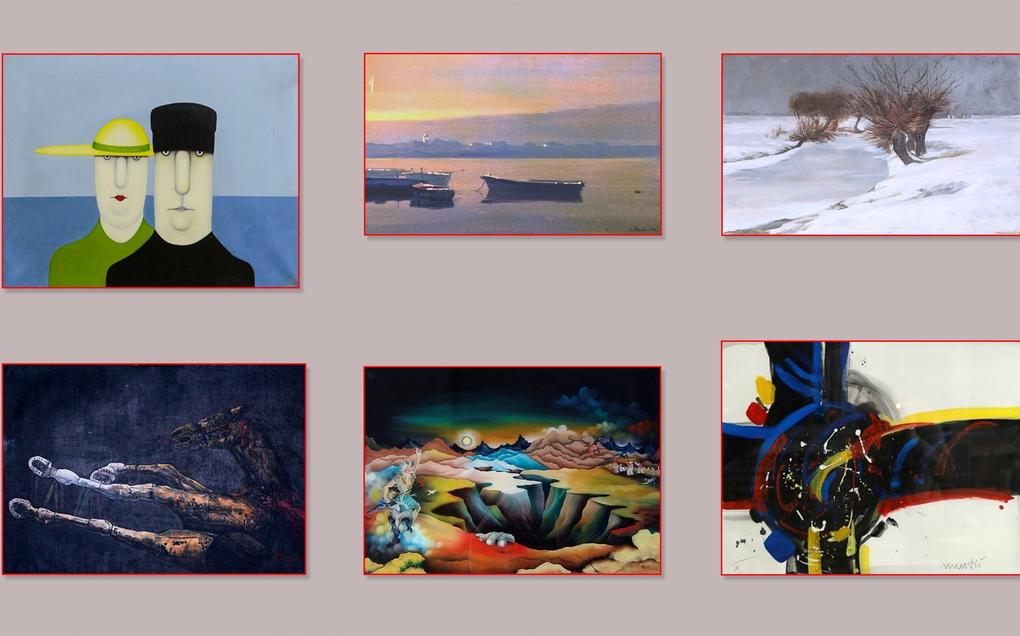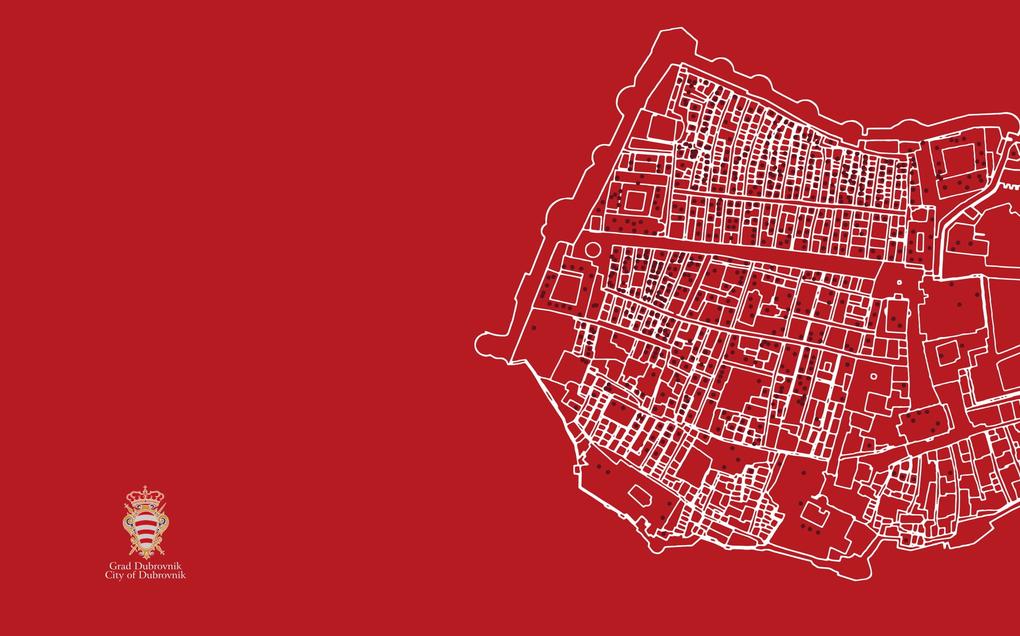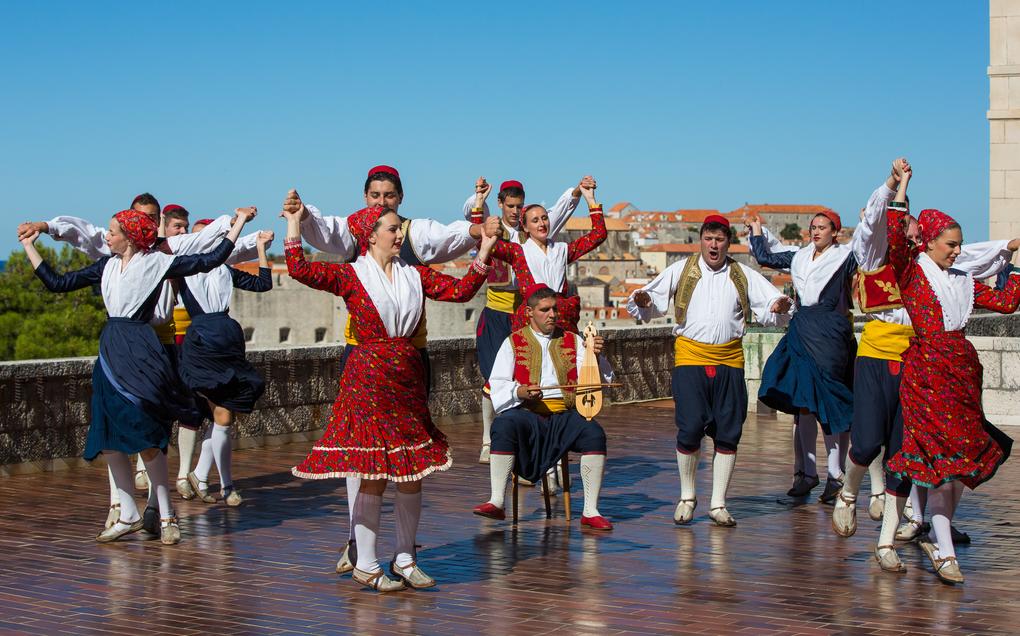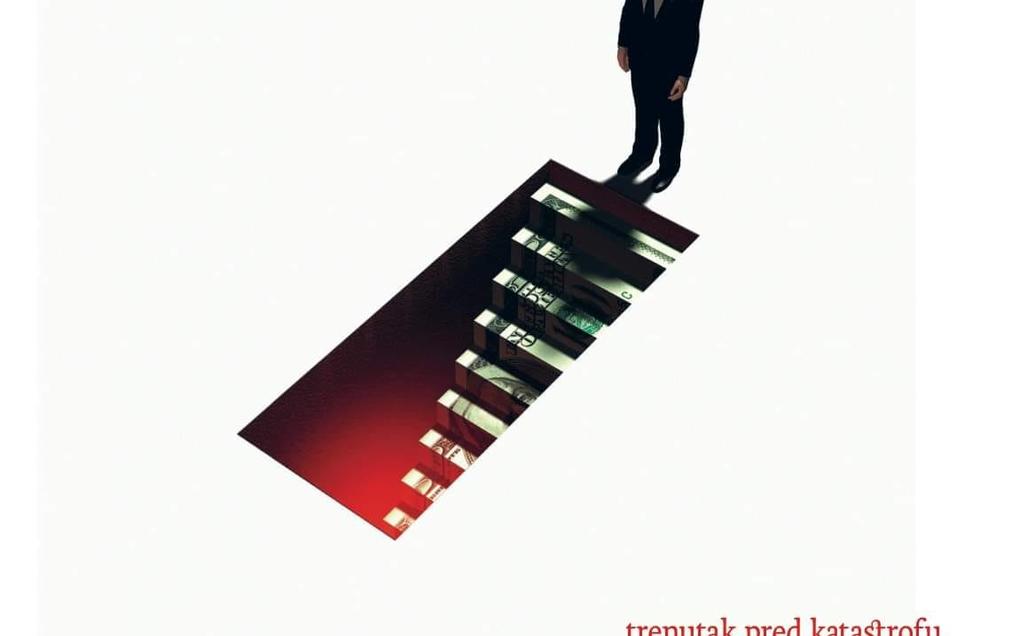Alternative biographies
Pasko Miličević

Photo gallery
The fact that Pasko Miličević was an official architect of the Dubrovnik Republic for half a century (1466 – 1516) is sufficient proof of his importance in the Croatian history of art, even more so because it was during an epoch that was called “the golden age of Dubrovnik.” Throughout his career, we cannot find a single important project in the Republic that Pasko did not participate in, and many of those that he conceived and executed not only exist today, but are an important part of the cityscape.
Miličević probably originated from Ston, because he owned properties in Ston and on the peninsula of Pelješac. Even though there is no direct proof, we assume that he studied with the famous builder Michelozzo Michelozzi during his short-lived engagement in the service of the Republic (1461 – 1464). The first reliable information we have about him, is the Senate decision dated in April 1466 showing that the state was trying to build a house at Pile where Miličević was supposed to live, while his first confirmed work is dated in 1470. It was the semi-circular bastion around the tower of St. Luke on the northern side of the city port. Two more fortresses where built based on his ideas; the one by the Mrtvo zvono (death-bell) tower on the southern wall (1501), and the extension of the Pier tower later integrated into the tower of St. John on the southern side of the port (1503). Also built according to his designs and instructions were, part of the city moat at Ploče, part of the bulwark north of the Pile Gate and the stone bridge in front of the gate, as well as the Minčeta Tower crown. He also worked on the refurbishment of the city aqueduct, the façade of the Major Council Palace and the Arsenal, and he built the sacristy of the Dominican church. In addition, he designed an entire series of projects in Ston; the southern bulwark with the external gate and bridge, breakwater and the port of Mali Ston, extension and reinforcement of the Veliki Kaštio and Podzvizd towers in Ston. Pasko’s ability and ingenuity as an engineer were particularly pronounced in two of his most famous projects; the organization of the port and the construction of the Kaše breakwater in front of the port (started in 1484), and building of the Sponza Palace (started in 1516). The Dubrovnik Government was dissatisfied with proposals of other engineers in terms of the organization of the port and they decided to accept Miličević’s proposals that “were praised by all the seamen.” The Kaše breakwater is a remarkable work, not only because of its function, but also its, in local terms, original idea and manner of construction that included setting large stone blocks in wooden frames, the so-called “kašuni,” into the sea, connected with a special compound. Besides creating a new maritime zone inside the port, protected from the waves, the construction of Kaše also positively influenced its protection because it reduced the size of the port entrance, and it was easier to protect it with a chain that extended from one side of Kaše to the other, to the mainland. Pasko also designed the then new Gate of Ponte.
The construction project of the Sponza Palace (customs office) was probably the most impressive example of the mixture of Gothic and Renaissance styles in Dubrovnik’s architecture. With the Rector’s Palace and the Major Council Palace, Sponza is one of the three largest and most representative public buildings construction during Renaissance and, in large measure, it exists in its original form to this day. Pasko – who did not live to see the Palace completed, encompassed several earlier edifices in that location in his project, he built an open portico on the ground floor and the first floor of the atrium, as well as a portico on the façade. A beautiful façade with Renaissance arches of the portico and the first-floor Gothic windows are reminiscent of the Major Council Palace façade that was destroyed in the 19th century. Several prominent masters participated in carving the Palace’s decoration, like the Andrijić brothers on the façade, and Bertrand Gallicus in the atrium. Pasko did not only build and reinforce fortifications, he also armed them. Specifically, together with his sons he made cannons and weapons. Additionally, perhaps the best testimony of his entrepreneurial spirit was an enterprise that he, together with a partner, executed between 1504 and 1511, when he designed water mills at the spring in Rijeka Dubrovačka and a copper foundry. It was a true factory operation composed of 12 buildings (mills, presses, workshops, gardens), and opening of this copper refinery was encouraged by Dubrovnik’s government because they thought it would be easier to obtain processed copper, instead of sending it abroad to be processed. We do not know how successful Pasko’s refinery for copper processing was, but 6 years after his death the state took it over from his heirs. He died in August 1516 and was buried in the sacristy of the Dominican church, whose constructed he participated in and where a memorial plaque was installed in his honour. Pasko drew a will several days before he died, and in it he, among other things, divided his property between his legitimate and illegitimate children whom he recognized in the will.








